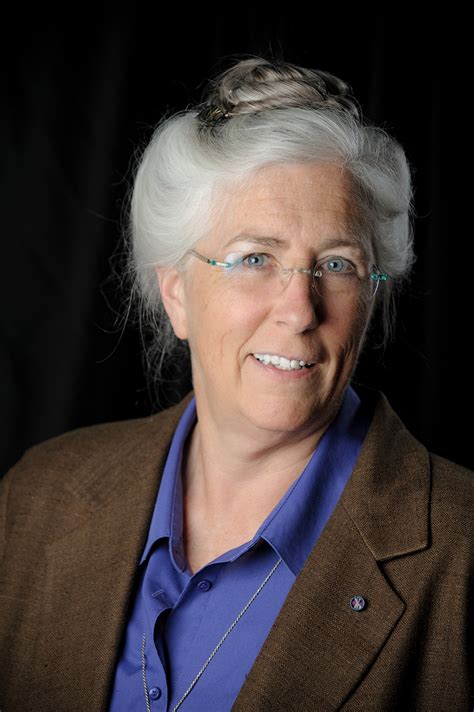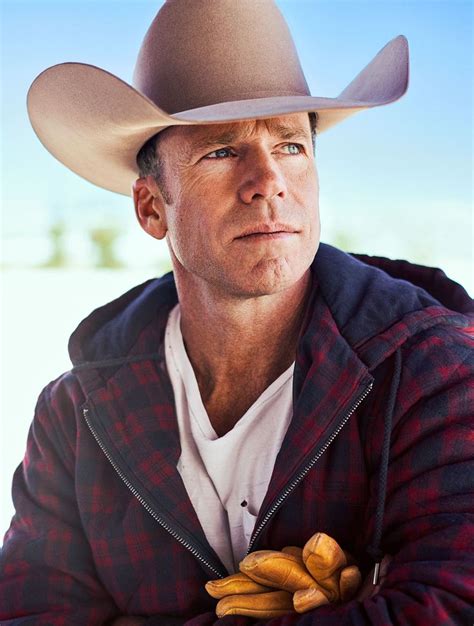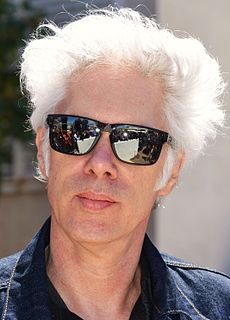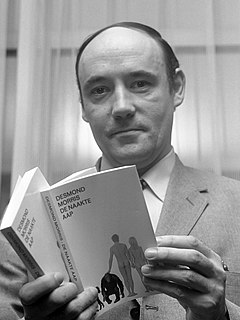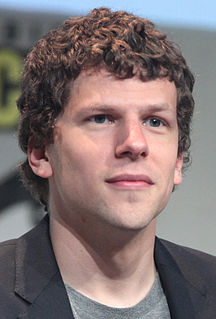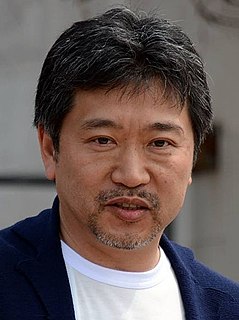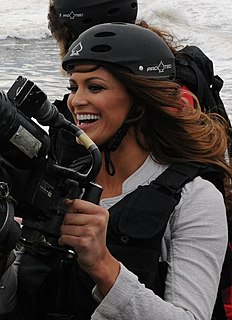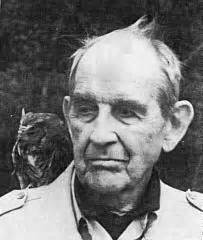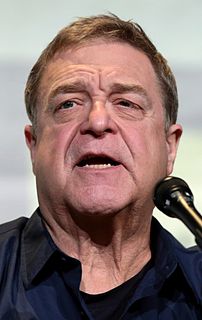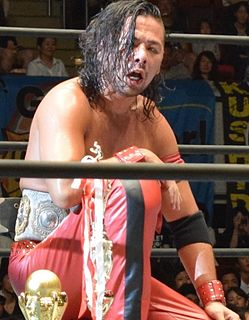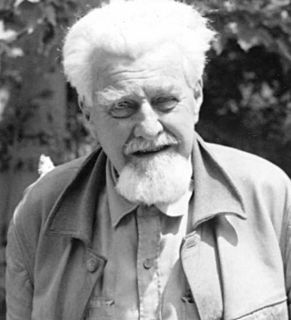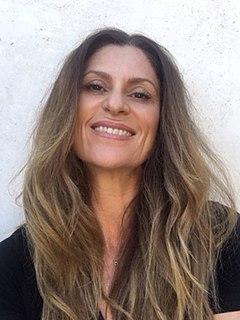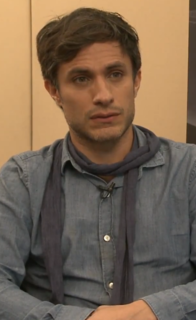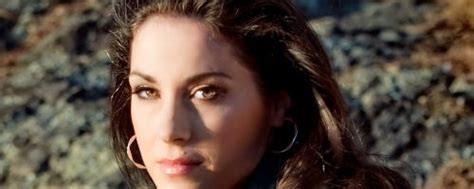A Quote by Laurie R. King
In silent films, quite complex plots are built around action, setting, and the actors' gestures and facial expressions, with a very few storyboards to nail down specific plot points.
Related Quotes
Don't have conversations taking place in empty space. Weave in background details of where the action (dialogue is a form of "action") is taking place. Don't have invisible people talking, either. Let the reader see them as they speak - their facial expressions and gestures. And by all means "cue" the speeches to the speakers.
We read off the many signals that our companions' clothes transmit to us in every social encounter. In this way, clothing is as much a part of human body language as gestures, facial expressions and postures.Even those people who insist that they despise attention to clothing, and dress as casually as possible, are making quite specific comments on their social roles and their attitudes towards the culture in which they live.
